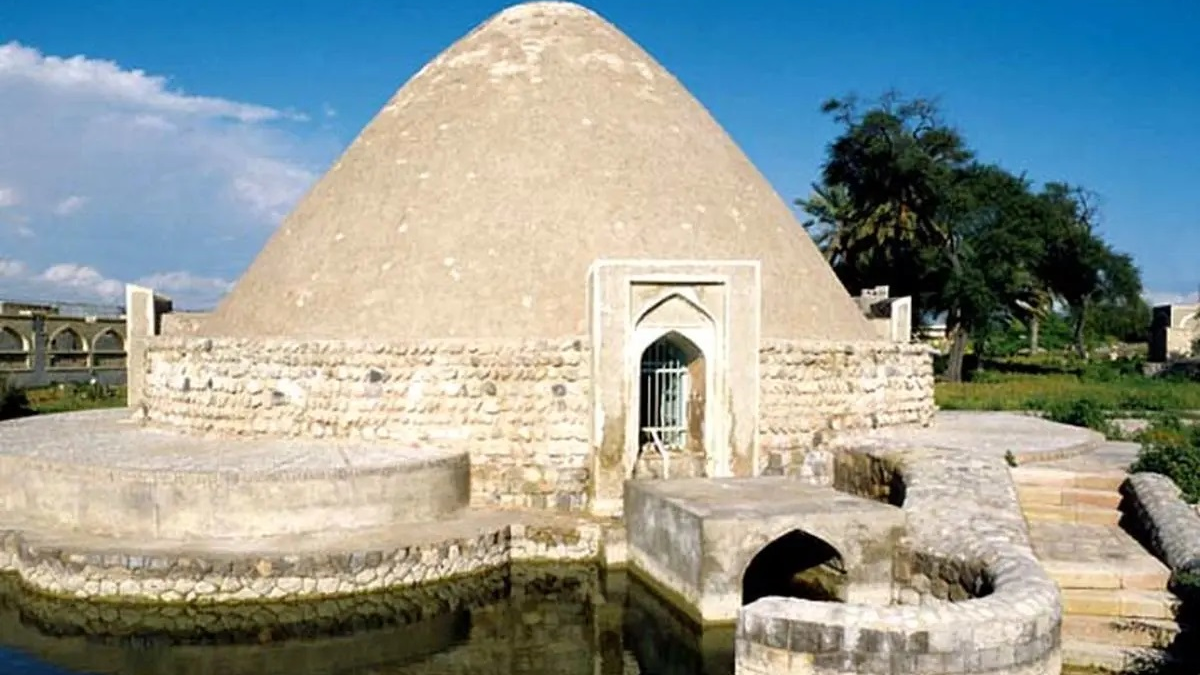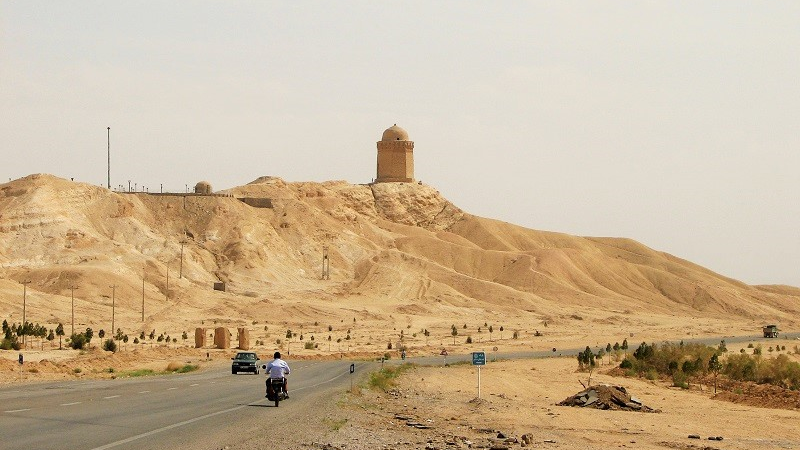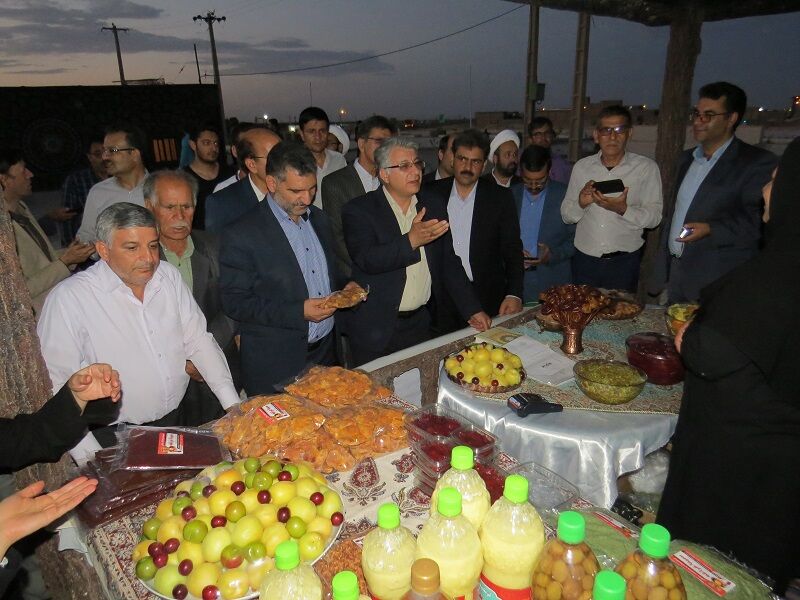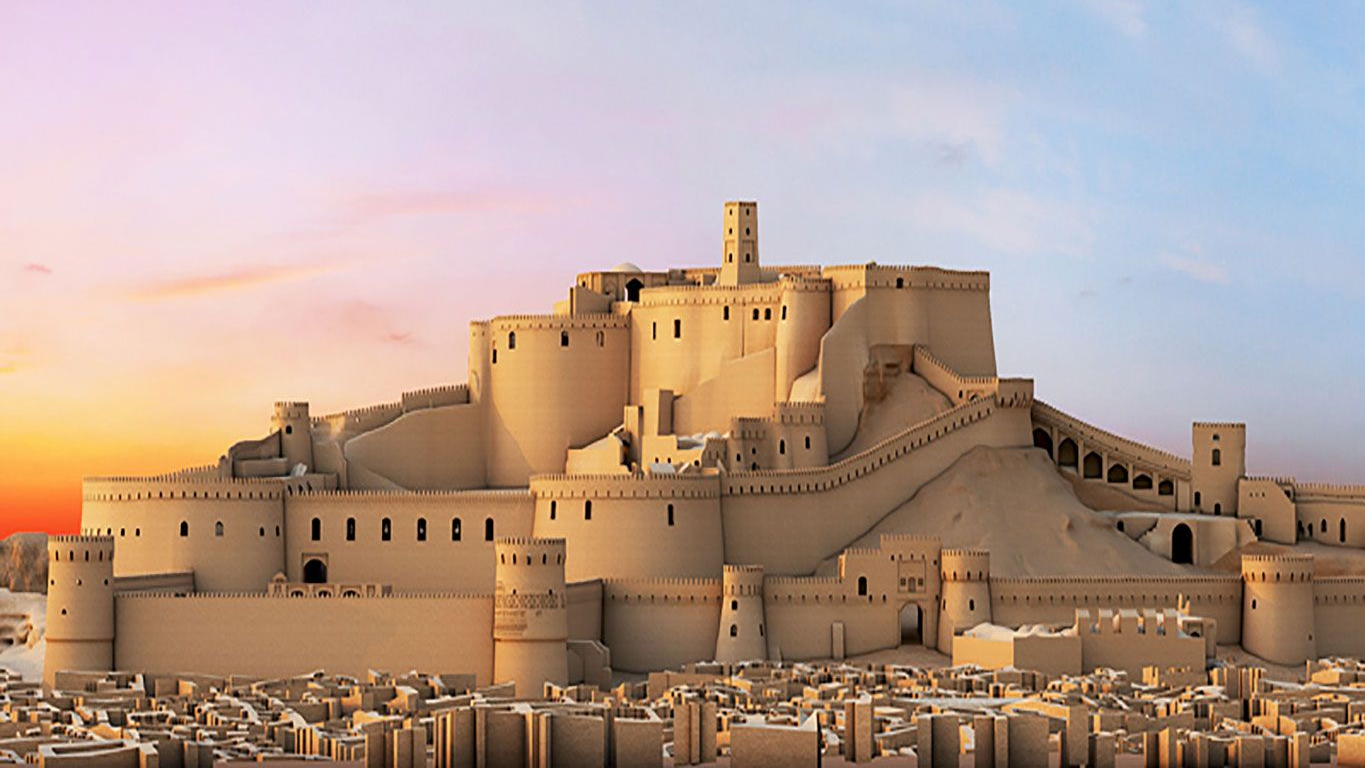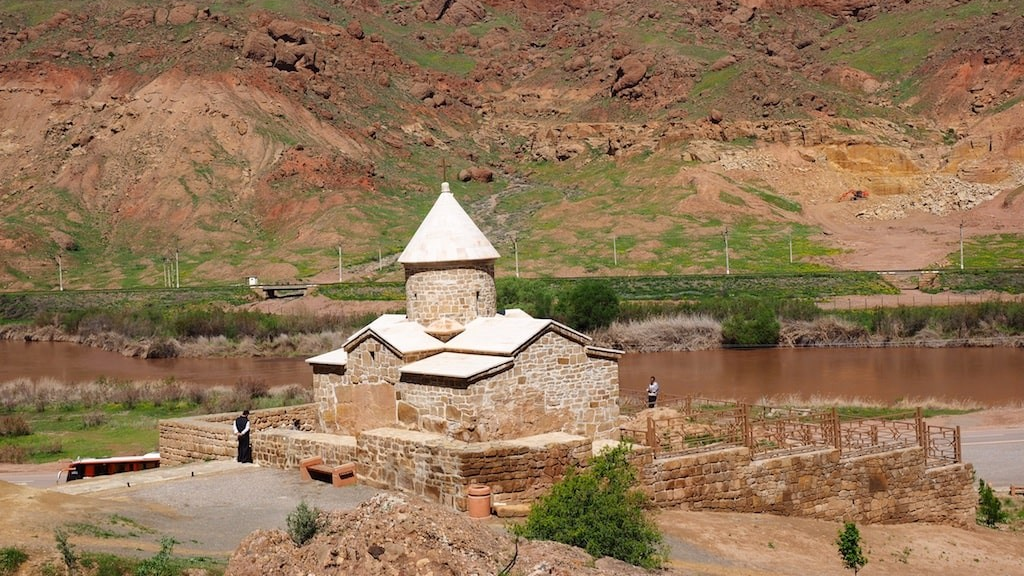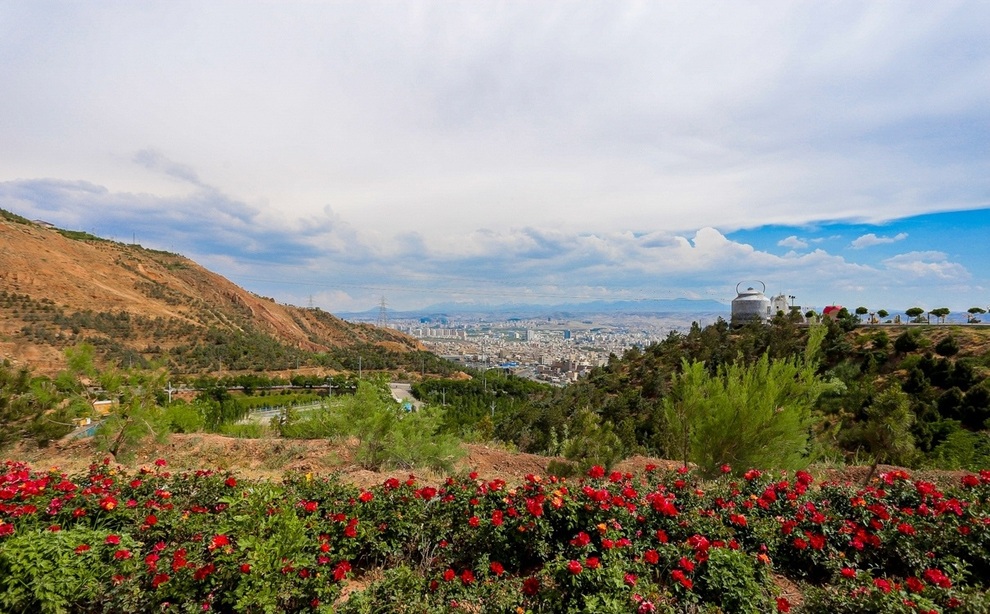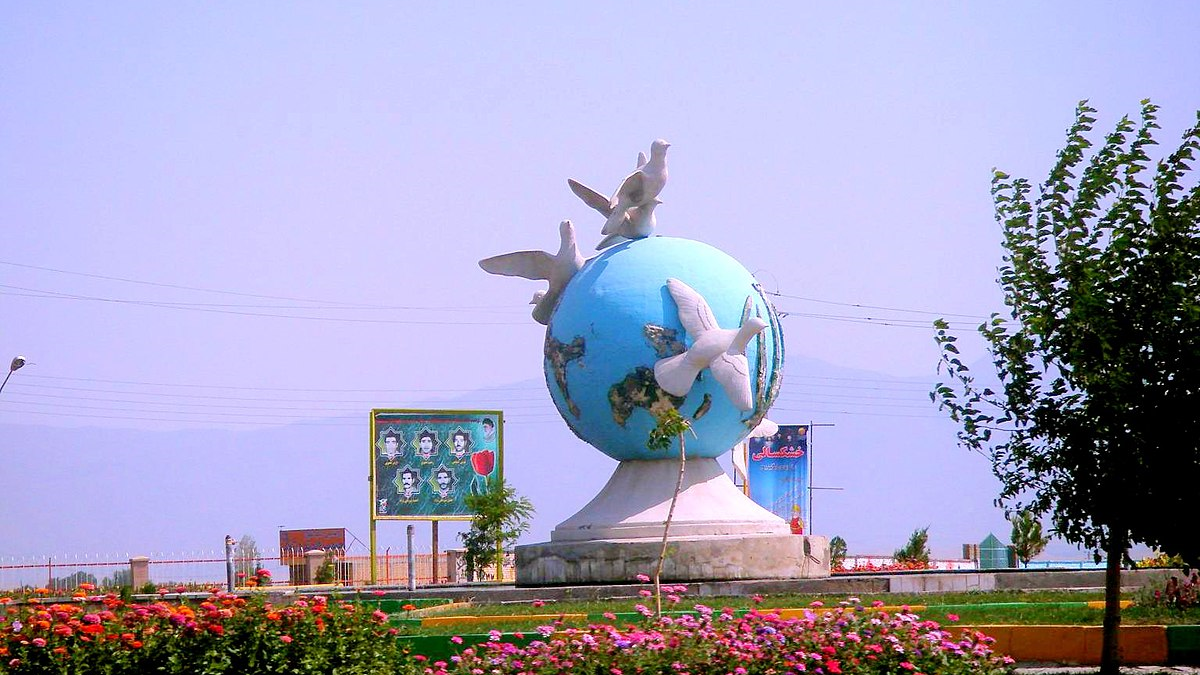
Moon Qanat: A Masterpiece of Ancient Iranian Engineering
The engineering of a qanat is so intricate and precise that even the slightest error in calculation or measurement could lead to the misalignment of the structure, erosion of the floor, or collapse of the walls. Thus, a qanat must be regarded as one of the most complex and astonishing ancient underground constructions, developed through centuries of accumulated experience and refinement. The Iranians achieved such a high level of mastery in qanat construction that they were able to design and execute bold projects to transport water from sources located many kilometers away. A remarkable example of such ingenuity can be seen in the Moon Qanat (Qanat-e Moon)—a two-level qanat, unparalleled anywhere else in the world.
Where Is the Moon Qanat Located?
The Moon Qanat (Qanat-e Moon) is located in Ardestan, a town in Isfahan Province, central Iran. Ardestan lies about 120 kilometers north of the city of Isfahan and 416 kilometers south of Tehran, with the Tehran–Bandar Abbas transit highway passing nearby. The town sits at an elevation of over 1,200 meters above sea level. Due to the presence of the southern extensions of the Karkas Mountain Range, the terrain slopes gently from south to north. Throughout history, access to water has been one of the greatest challenges for the people of Ardestan. To overcome this, several qanats were constructed, following the natural slope of the land, to channel water from higher elevations to the urban areas.
History and Features of the Moon Qanat
Experts estimate that the Moon Qanat was constructed around 800 years ago. Understanding the soil composition of the terrain where a qanat is dug is of critical importance, as it determines the construction techniques and patterns used by qanat engineers. This precise adaptation to soil conditions is one of the main reasons these ancient underground water systems have remained functional for centuries. The Moon Qanat was excavated in a clay-rich substrate, where the soil’s high cohesion and low water permeability made it possible to design an exceptional two-level qanat — ensuring that water from the upper channel would not seep into the lower one. Interestingly, the water characteristics differ between the two levels: the upper level’s water is fresher, lighter, and cooler, making it ideal for drinking, while the lower level, located about four meters below, contains warmer and harder water. The two levels also differ in water discharge — the lower level has a higher flow rate. Along the qanat’s course, a structure known as a “Rakhshoy-khaneh” (washhouse) was built, traditionally used for washing clothes. Remarkably, this washhouse remains in use today.
Structure and Engineering of the Moon Qanat
The Moon Qanat stretches over a distance of more than 3,500 meters, with its main well (mother well) — the vertical shaft that reaches the water source — descending to a depth of 31 meters. This mother well is uniquely known as a “twin well”, since it consists of two adjoining shafts, one supplying water to the upper channel and the other to the lower channel of the qanat. Along its length, 30 vertical shafts (known as mileh) were dug to provide access for ventilation, maintenance, and soil removal during construction. The outlets (mazhar) of the two qanat levels are about 200 meters apart. Various theories have been proposed regarding the reason for constructing a two-tier qanat, but the most convincing explanation is the presence of two distinct groundwater aquifers at different depths. Engineers of roughly 800 years ago had already recognized the difference in water quality and behavior between these aquifers and designed the qanat to benefit from both. According to local accounts, the upper qanat is believed to be older. During a later cleaning operation (lairoobi), one of the traditional qanat diggers (qanatkans) discovered a lower water table, which led to the creation of the second, deeper qanat. Interestingly, because the vertical shafts are shared between the two channels, if one passage becomes blocked, the water can naturally flow through the other, ensuring a continuous supply to the outlet.
National and World Heritage Registration of the Moon Qanat
The Moon Qanat was inscribed on Iran’s National Heritage List in 2003 (1382 SH). Later, in 2016, it was officially inscribed on the UNESCO World Heritage List during the World Heritage Committee session held in Istanbul, Turkey.
| Name | Moon Qanat: A Masterpiece of Ancient Iranian Engineering |
| Country | Iran |
| State | Yazd |
| City | Ardakan |
| Type | Historical |
| Registration | Unesco,National |



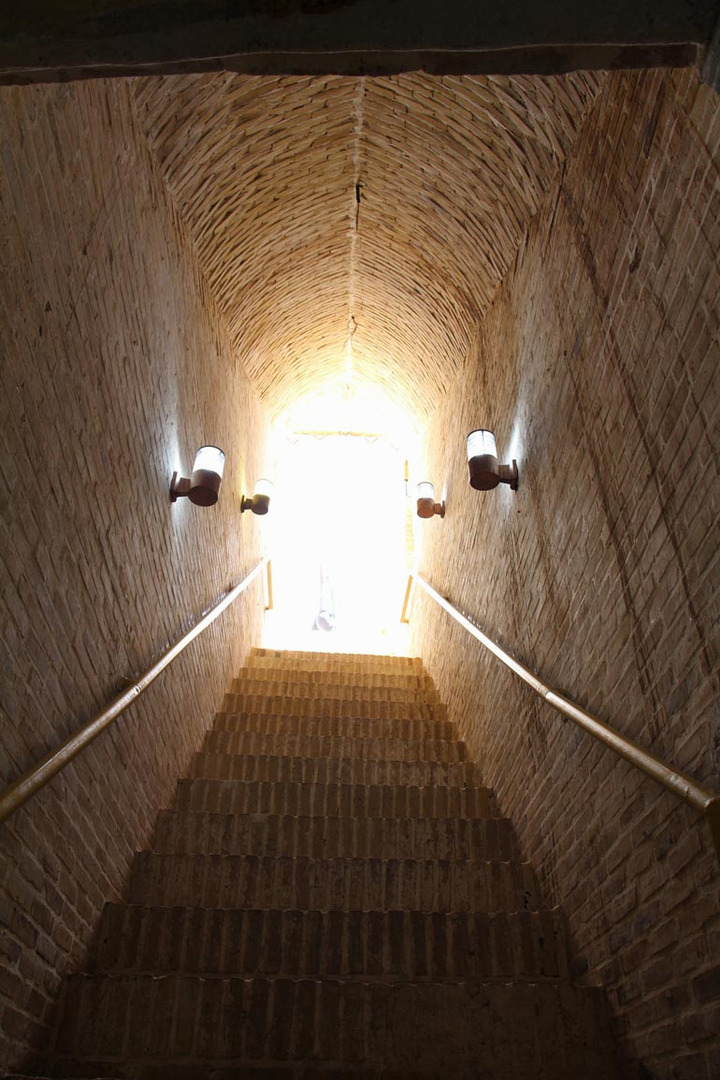
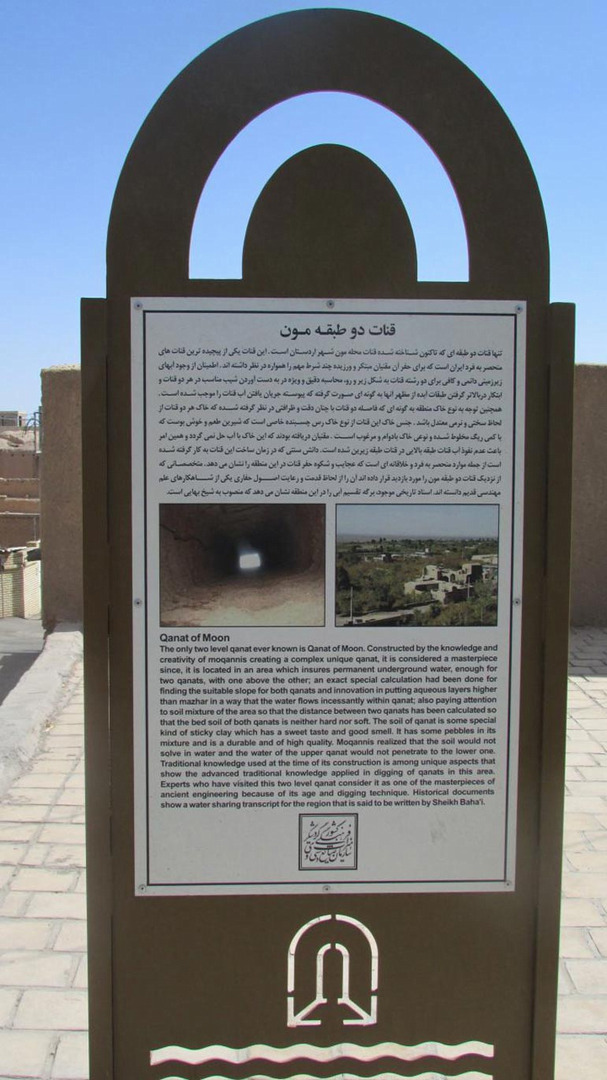
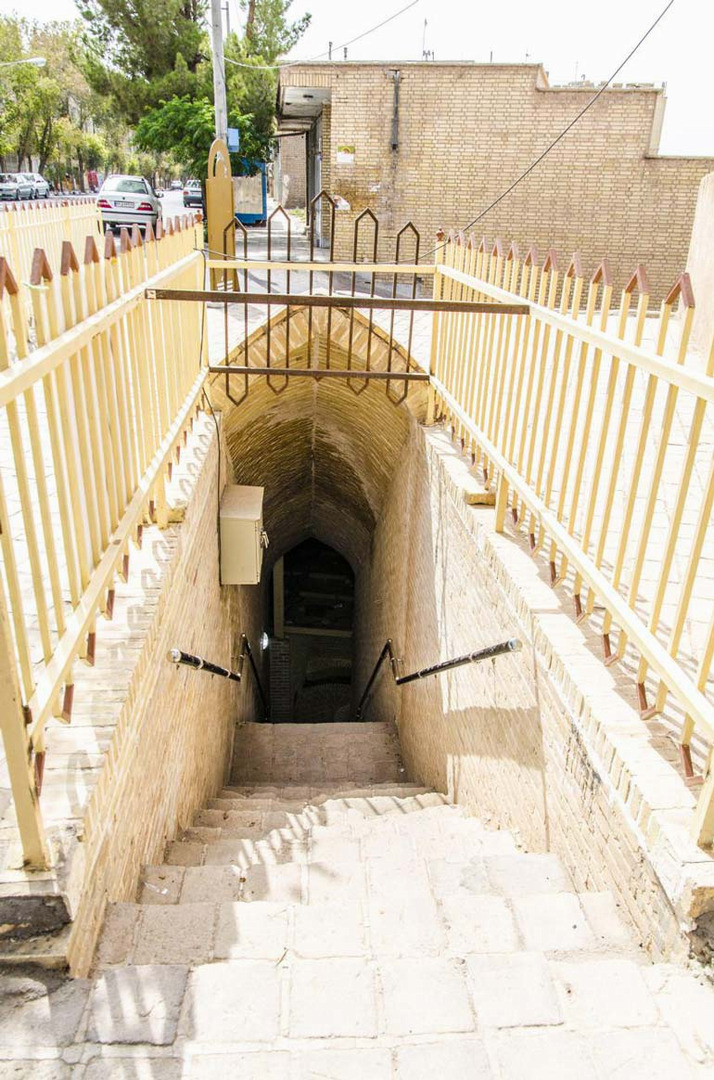

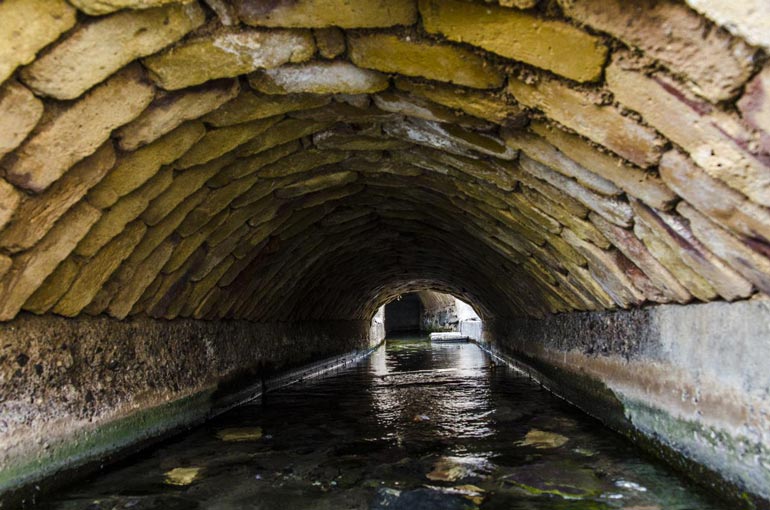








Choose blindless
Red blindless Green blindless Blue blindless Red hard to see Green hard to see Blue hard to see Monochrome Special MonochromeFont size change:
Change word spacing:
Change line height:
Change mouse type:


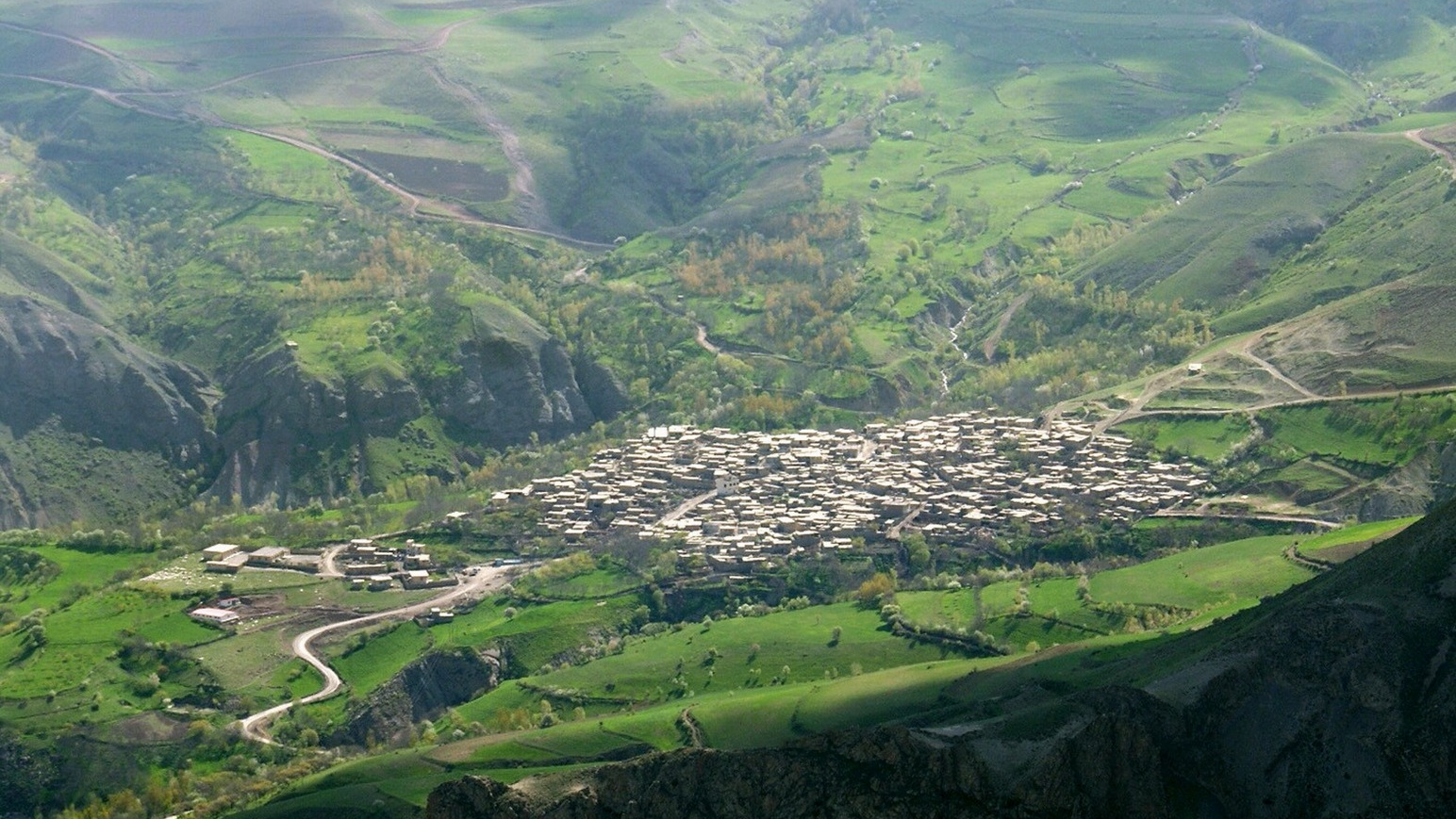

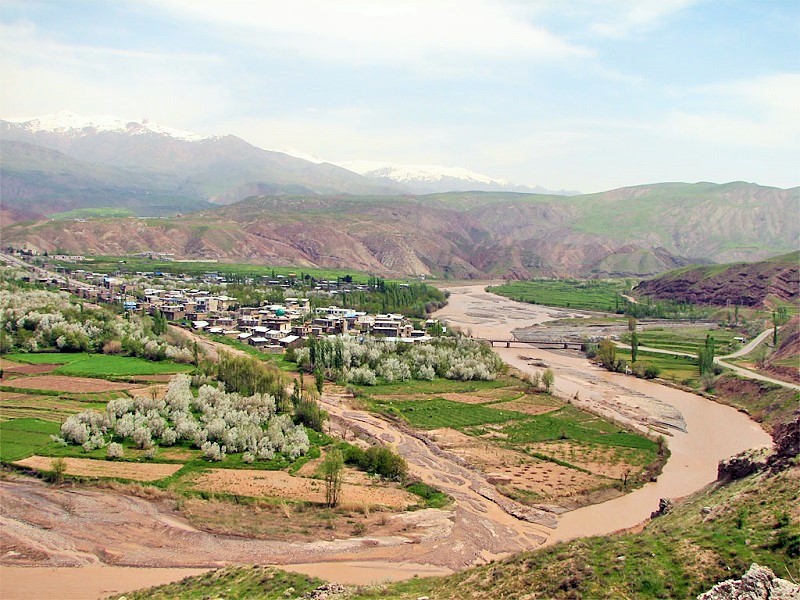
_crop_2.jpg)
